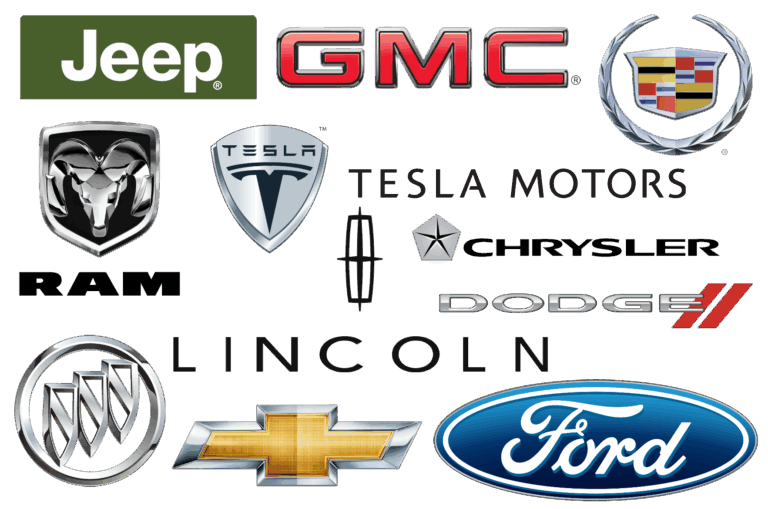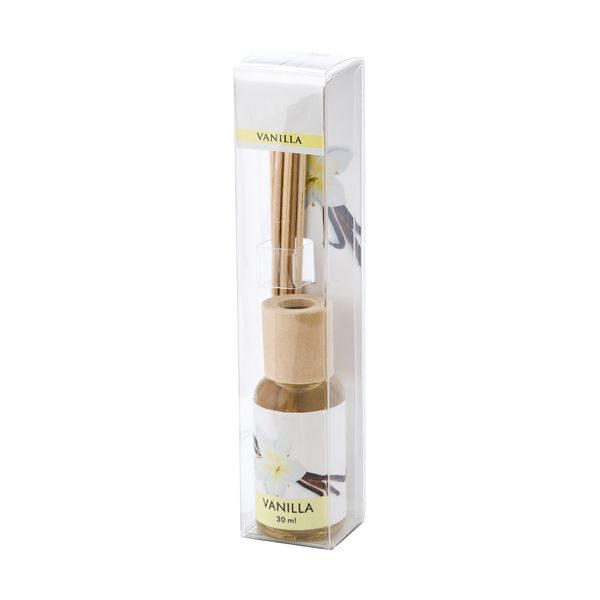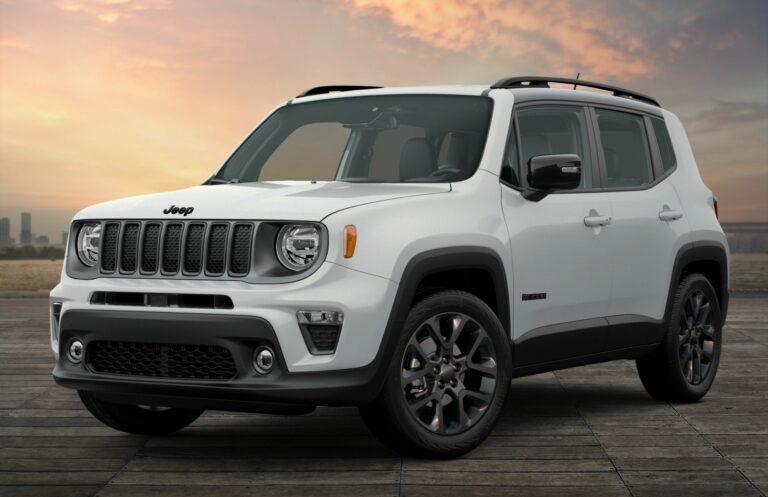Ants In Brand New Car: A Comprehensive Guide to Understanding, Eliminating, and Preventing This Unwelcome Invasion
Ants In Brand New Car: A Comprehensive Guide to Understanding, Eliminating, and Preventing This Unwelcome Invasion cars.truckstrend.com
The thrill of a brand new car is an unparalleled experience. The pristine interior, the distinctive "new car smell," the promise of countless journeys – it’s a significant investment and a source of pride. But imagine the shock, the disbelief, and the utter frustration when you discover something utterly unwelcome crawling across your dashboard or trailing across your immaculate floor mats: ants. Yes, Ants In Brand New Car is a real and surprisingly common problem that can quickly turn excitement into exasperation.
This isn’t just about a few stray insects; a persistent ant infestation can be a nuisance, a health concern (depending on the ant species), and a source of anxiety about your vehicle’s condition. This comprehensive guide will delve into every aspect of dealing with Ants In Brand New Car, offering practical advice, step-by-step solutions, and preventative measures to restore your car to its intended ant-free glory.
Ants In Brand New Car: A Comprehensive Guide to Understanding, Eliminating, and Preventing This Unwelcome Invasion
The Unsettling Reality: Why Ants Choose New Cars
It seems counterintuitive. A brand new car, fresh off the lot, should be a sterile, sealed environment. So, how do Ants In Brand New Car become a reality? The truth is, ants are opportunistic and incredibly resourceful. Their presence doesn’t reflect poorly on your car’s quality or cleanliness, but rather on their ability to find even the slightest attractant or entry point.
Here are the primary reasons why ants might invade your pristine vehicle:
- Residual Food & Drink: This is the most common culprit. Even a tiny crumb from a drive-thru snack, a minuscule spill from a coffee cup, or a drop of soda can be a beacon for ants. Brand new cars often see initial celebratory drives, perhaps with snacks or drinks, before regular cleaning routines are established.
- Contaminated Items: Groceries, takeout bags, potted plants, backpacks, camping gear, or even children’s toys brought into the car might harbor a few scout ants or even a small satellite colony. If these items were briefly placed on an ant-infested surface (like a kitchen counter or outdoor patio), they can easily transfer the ants.
- Parking Proximity to Nests: Parking your car regularly near an ant colony (e.g., under a tree with ants, near a garbage bin, on a driveway with active ant trails, or even near a building foundation) allows scout ants to explore. If they find an entry point and a food source, they will establish a trail.
- Sweet Residues from Manufacturing/Detailing (Rare): While highly unlikely and not a primary cause, some believe that certain residues from the manufacturing process or detailing products (if they contain any sugary components) could theoretically attract ants. This is generally not the case for most new cars.
- Idle Cars in Warm Climates: Cars that sit for a period, especially in warm, humid climates, can become attractive shelters for ants seeking warmth or protection from the elements, particularly if there’s any moisture or food available.
Understanding why the ants are there is the first step in effectively eradicating them. Common ant species found in vehicles include Pavement Ants, Odorous House Ants (known for their persistent nature and rotten coconut smell when crushed), Argentine Ants, and sometimes even smaller Carpenter Ants (though less likely in a truly new car without wood damage).
Immediate Action: First Steps Upon Discovery
Discovering Ants In Brand New Car can be jarring, but panic won’t help. A calm, methodical approach is crucial.
- Don’t Panic, But Act Quickly: The faster you address the issue, the easier it will be to eliminate the colony before it establishes itself more firmly.
- Identify the Scope: Are there just a few scouts, or a full-blown trail? Where are they concentrated? This helps pinpoint the entry and potential food source.
- Locate the Source/Trail: Try to follow the ants. Are they coming from under a seat, near a door seal, from a vent, or a specific bag?
- Remove Visible Ants (Carefully): Use a powerful vacuum cleaner with a hose attachment to suck up as many visible ants as possible. Be thorough, getting into crevices, under floor mats, and between seats. Avoid crushing them on surfaces, as some species (like Odorous House Ants) release pheromones that attract more ants when crushed. A damp cloth can also wipe them away.
- Isolate the Car (If Possible): If you can, move the car away from where it was parked when the ants were discovered. Park it on a clean concrete slab or asphalt away from trees, bushes, or other structures.
- Avoid Harsh Chemicals Initially: Your brand new car’s interior is delicate. Resist the urge to spray a general household insecticide, as it can stain, damage, or leave harmful residues.
The Elimination Process: A Step-by-Step Guide
Successfully ridding your car of Ants In Brand New Car requires a multi-pronged approach combining thorough cleaning with targeted treatments.
Step 1: Thorough Preparation
Before any treatment, the car must be meticulously prepared. This is arguably the most critical step.
- Remove All Items: Take everything out of the car – floor mats, car seats, garbage, papers, bags, loose change, groceries, personal items. Check each item for hitchhiking ants before bringing them into your home.
- Deep Vacuuming: Using a powerful vacuum with appropriate attachments, meticulously vacuum every square inch of your car’s interior.
- Under seats, in seat rails, and between seat cushions.
- All floor areas, paying special attention to corners and edges.
- Dashboard crevices, air vents, door pockets, and the glove compartment.
- The trunk area, including under the spare tire cover.
- Tip: Use a shop vac or a powerful home vacuum. A car wash vacuum might not have the precision needed.
- Wipe Down All Surfaces: Using an automotive-safe interior cleaner and microfiber cloths, wipe down all hard surfaces: dashboard, door panels, center console, steering wheel, and inside the glove box. This removes any sugary residues or pheromone trails.
- Avoid: Ammonia-based cleaners or harsh detergents, which can damage surfaces.
Step 2: Targeted Treatment – Non-Chemical Approaches
For those hesitant about chemicals or dealing with a minor infestation, these methods can be surprisingly effective.
- Solar Treatment (Heat): Park your car in direct sunlight on a hot day, with windows cracked slightly (just enough for ventilation, not for ants to escape easily). The high temperatures can drive ants out or kill them. This works best when temperatures exceed 100°F (38°C) inside the car.
- Caution: Remove anything heat-sensitive (electronics, aerosols, plastics) beforehand.
- Diatomaceous Earth (Food-Grade): This natural powder consists of fossilized diatoms. When ants walk over it, the microscopic sharp edges cut their exoskeletons, leading to dehydration.
- How to Use: Lightly dust a very thin layer in hidden areas where ants might be, such as under floor mats, in carpet edges, or in the spare tire well. Do NOT apply heavily or in visible areas, as it can be messy and create dust. Use food-grade DE only.
- Essential Oils (Natural Deterrent): Peppermint, tea tree, and citrus oils are natural ant repellents.
- How to Use: Dilute a few drops of essential oil in water and spray lightly onto cotton balls. Place these cotton balls in discreet locations like under seats, in door pockets, or under floor mats. Do not spray directly onto interior surfaces as oils can stain.
Step 3: Targeted Treatment – Chemical Approaches (Use with Caution)
When non-chemical methods aren’t enough, chemical treatments offer a more direct solution. Always prioritize safety and product suitability for automotive interiors.
- Ant Baits (Recommended): This is often the most effective method for eliminating the entire colony. Baits contain a slow-acting poison mixed with an attractant (sugar or protein). Ants consume the bait and carry it back to the nest, sharing it with the queen and other ants, eventually destroying the colony.
- Types: Gel baits (syringes) or pre-filled bait stations.
- How to Use: Place bait stations or small drops of gel bait in out-of-the-way areas where you’ve seen ant activity but where children or pets cannot access them. Examples: under seats, in door pockets, near the base of the dashboard, or in the trunk. Crucially, do not spray insecticides near baits, as this will deter ants from taking the bait.
- Patience: Baits take time (days to weeks) to work, as the goal is to eliminate the entire colony, not just visible ants.
- Automotive-Safe Insecticide Sprays (Last Resort): Only use sprays specifically labeled as safe for car interiors or "non-staining." These are for direct hits on visible ants and trails, not for broadcast spraying.
- How to Use: Spray a small amount directly onto an ant trail or a cluster of ants. Ensure good ventilation by opening all doors and windows. Do not use foggers, as they can leave residues and damage electronics.
- Caution: Always test in an inconspicuous area first to ensure no staining or damage.
Step 4: Professional Help
If the infestation of Ants In Brand New Car is severe, persistent, or you’re uncomfortable with DIY methods, consider calling a professional pest control service. They have access to stronger, more targeted treatments and the expertise to safely apply them without damaging your vehicle. Ensure they are experienced with automotive pest control.
Prevention is Key: Keeping Your Car Ant-Free
Once the ants are gone, the focus shifts to ensuring they don’t return. Prevention is the most effective long-term strategy for keeping Ants In Brand New Car a distant memory.
- Strict Food Discipline:
- No Eating in the Car: The simplest rule.
- Immediate Spill Cleanup: If something spills, clean it up immediately and thoroughly.
- Secure Food Storage: If you must transport food, keep it in sealed containers or bags.
- Regular Cleaning Routine:
- Weekly Vacuuming: A quick vacuum of the floors and seats can pick up crumbs before they attract pests.
- Wipe Down Surfaces: Regularly wipe down surfaces to remove any sticky residues or spills.
- Inspect Items Before Entry: Before bringing groceries, plants, outdoor gear, or anything that’s been outside into your car, give it a quick visual inspection for hitchhiking ants.
- Mindful Parking Habits:
- Avoid Parking Near Nests: If you know there’s an ant nest (in a tree, under paving stones, near a garbage can), try to park elsewhere.
- Clear Perimeter: Keep the area around your usual parking spot clear of debris, overgrown vegetation, or anything that could harbor ants.
- Natural Perimeter Defense: Some people sprinkle natural deterrents like cinnamon, coffee grounds, or bay leaves around the tires or under the car (on the ground, not on the car itself) as a barrier, though their effectiveness varies.
Common Challenges & Troubleshooting
Even with the best efforts, you might encounter some hurdles when dealing with Ants In Brand New Car:
- Ants Returning After Treatment: This usually means the source colony wasn’t fully eliminated, or a new colony found its way in. Re-evaluate your bait placement or consider professional help.
- Difficulty Finding the Nest: The nest is rarely in the car itself, but somewhere outside. Focus on baiting to eliminate the source rather than just killing visible ants.
- Concerns About Chemical Residues: If you’re worried about residues, stick to non-chemical methods or use professional services that use targeted, low-residue products. Always ventilate the car thoroughly after any chemical application.
- Persistent Ant Types: Odorous House Ants, for example, can be notoriously difficult to eradicate due to multiple queens and satellite nests. This is where professional expertise becomes invaluable.
- Damage to Car Interior from DIY Methods: This is why it’s crucial to use automotive-safe products and test in inconspicuous areas. Over-saturating with liquids or using harsh chemicals can lead to stains, discoloration, or material degradation.
Estimated Costs for Ant Remediation in Your Car
Dealing with Ants In Brand New Car can range from a quick DIY fix to a more involved professional service. Here’s an estimated cost breakdown:
| Item/Service | Description | Estimated Cost Range (USD) | Notes |
|---|---|---|---|
| DIY Cleaning Supplies | Vacuum bags, automotive interior cleaner, microfiber cloths. | $15 – $40 | Basic supplies you might already own. Essential for any approach. |
| Natural Remedies | Food-grade Diatomaceous Earth, essential oils (peppermint, tea tree), cotton balls. | $10 – $30 | Non-toxic, safe for pets/children (with proper placement). Best for minor infestations or as a deterrent. |
| Ant Baits (Gel/Stations) | Specialized products designed to be carried back to the colony. | $10 – $25 | Highly effective for colony elimination. Multiple brands and types available. Purchase from hardware stores or online. |
| Automotive-Safe Insecticide Spray | Targeted spot treatment for direct ant contact. Must be explicitly safe for car interiors. | $15 – $30 | Use with extreme caution and only as a last resort for visible ants. Always test in an inconspicuous area first. |
| Professional Pest Control Service | Inspection, identification of ant species, targeted treatment, and follow-up (if needed). | $150 – $400+ | Varies significantly based on location, severity of infestation, and company. Recommended for persistent or large infestations, or if you prefer not to use DIY chemicals. |
| Potential Interior Damage Repair | Cost if DIY methods (e.g., using incorrect chemicals) cause staining, discoloration, or material degradation. | $100 – $1000+ | This is not a direct cost of ants, but a potential consequence of improper DIY treatment. Emphasizes the importance of using safe, tested products and methods. |
| Time Investment | The time spent on cleaning, applying treatments, and monitoring. | Priceless | Your personal effort and patience are a significant "cost" in terms of time. |
Note: These are estimated ranges and can vary based on brand, retailer, location, and the specific pest control company.
Frequently Asked Questions (FAQ)
Q1: How did ants get into my brand new car?
A1: Most commonly, ants enter via food crumbs or spills, or by hitchhiking on items like groceries, bags, or potted plants brought into the car. Parking near an active ant nest can also allow scout ants to find their way in.
Q2: Are the ants damaging my car?
A2: While most common household ants (like Pavement Ants or Odorous House Ants) won’t directly damage your car’s interior materials, they can be a nuisance and contaminate surfaces. Carpenter Ants, though less common in new cars, can potentially chew through soft wood or insulation if a nest is established, but this is rare.
Q3: Are natural remedies effective for Ants In Brand New Car?
A3: Natural remedies like Diatomaceous Earth and essential oils can be effective for minor infestations or as deterrents. However, for established colonies, ant baits are generally more reliable as they target the entire nest.
Q4: Is it safe to use bug spray in my car?
A4: Most household bug sprays are not safe for car interiors and can cause staining, damage, or leave harmful residues. Only use products specifically labeled as automotive-safe or non-staining, and always test in an inconspicuous area first. Baits are generally preferred over sprays for ant control in cars.
Q5: When should I call a professional pest control service?
A5: You should consider calling a professional if the infestation is severe, persistent despite your efforts, if you’re uncomfortable using chemicals, or if you cannot identify the source or species of ant.
Q6: How long does it take to get rid of ants in my car?
A6: It depends on the severity and method. Vacuuming can remove visible ants immediately. Baits can take days to a few weeks to eliminate the entire colony. Persistence and a multi-pronged approach are key.
Q7: Will my car insurance cover this?
A7: Generally, no. Car insurance typically covers damage from accidents, theft, or natural disasters, not pest infestations, which are usually considered a maintenance or cleanliness issue.
Concluding Summary
Discovering Ants In Brand New Car is undoubtedly an unwelcome surprise, but it’s a manageable problem that many car owners face. By understanding the common entry points and attractants, acting swiftly upon discovery, and implementing a systematic approach to elimination, you can effectively reclaim your vehicle.
Remember, thorough cleaning is the foundation of any successful ant eradication strategy. Follow up with targeted treatments, prioritizing safe and effective methods like ant baits. Most importantly, establish a consistent routine of cleanliness and mindful parking to prevent future invasions. With patience and persistence, your brand new car will soon be pristine and ant-free once more, ready for the open road.






